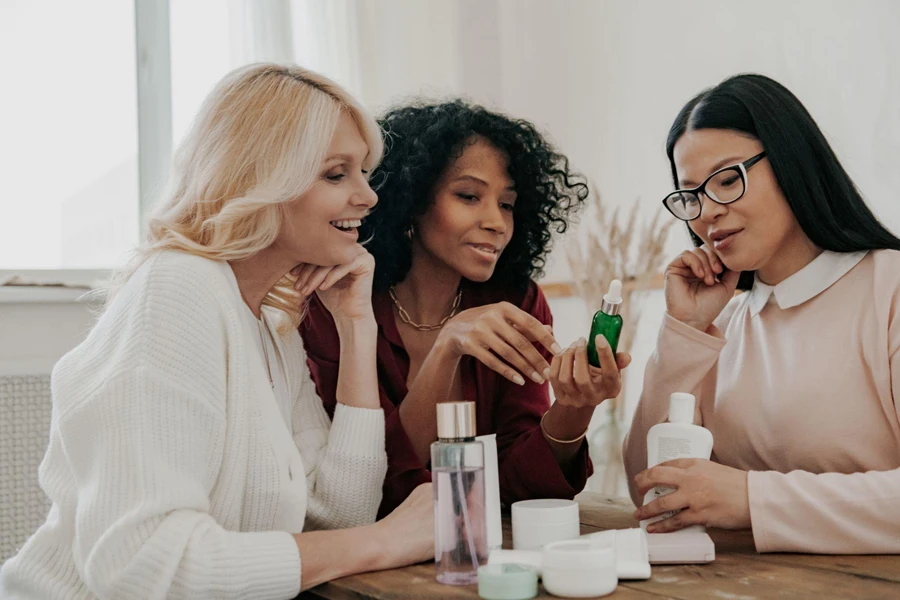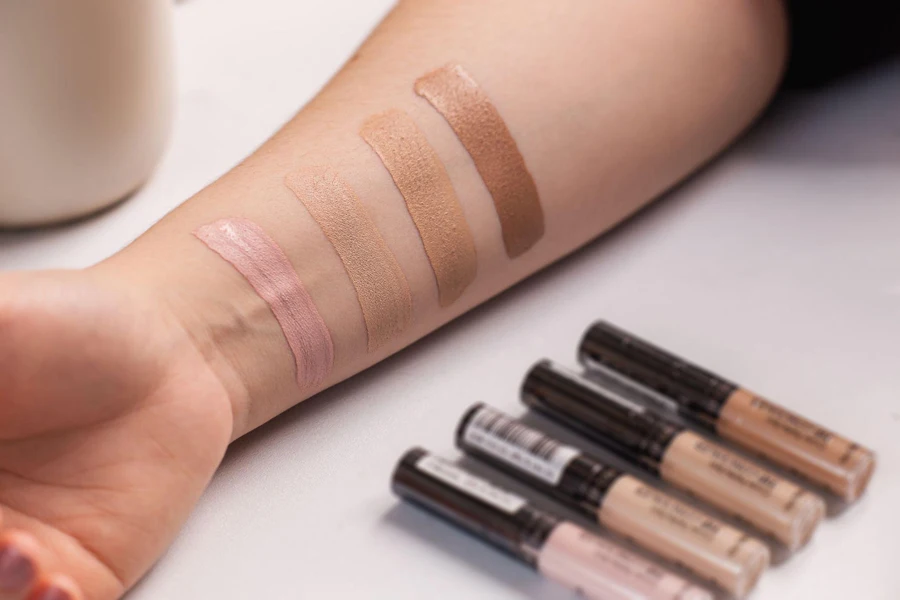In 2026, South Korea’s beauty market is a fusion of innovation, personalization, and efficiency, driven by consumer demands for high-quality, affordable, and unique beauty solutions. This article delves into the emerging trends and consumer behaviors shaping the beauty industry, offering insights for brands looking to thrive in this competitive landscape.
Table of Contents
Market overview and consumer behaviors
Emerging beauty trends in South Korea
The rise of no-tox skincare and beauty edibles
The significance of personal color in beauty purchases
Strategic approaches for engaging South Korean consumers
Market overview and consumer behaviors
South Korea’s beauty market is valued at $14.84 billion as of March 2024, with a projected compound annual growth rate (CAGR) of 2.42% from 2024 to 2028.

Key drivers include performance-driven products, vegan options, and affordability, with consumers showing a willingness to invest in products whose efficacy matches their price.
Emerging beauty trends in South Korea
The beauty landscape is seeing a shift towards minimalistic and budget-conscious purchases, driven by rising costs. Interactive experiences, AI personalization, and unexpected collaborations are becoming crucial for engaging consumers.
The rise of no-tox skincare and beauty edibles
As tweakments become normalized, there’s a growing demand for effective no-tox solutions, exemplified by products like the Reedle Shot Serum.

Beauty edibles and functional health foods are also gaining traction, highlighting the preference for ingestible over topical solutions for beauty and health.
The significance of personal color in beauty purchases
Personal color is increasingly guiding cosmetic purchases, with 54% of Korean Gen Z consumers using it as a form of personality test.

This trend underscores the demand for personalized beauty solutions that cater to individual preferences and identities.
Strategic approaches for engaging South Korean consumers
To succeed in South Korea’s beauty market, brands need to offer value beyond affordability. Strategies include leveraging convenience and speed through services like free deliveries and returns, and building a sense of community around shared beauty interests.
Conclusion
As we anticipate the future of South Korea’s beauty and skincare landscape in 2025/26, the industry is set to experience significant evolution, marked by an emphasis on personalized, technologically enhanced, and health-focused products. The rise of no-tox skincare and beauty edibles signifies a shift towards holistic wellness, while the use of personal color for product selection highlights a demand for tailor-made beauty experiences. For brands to thrive, strategies must pivot towards innovative personalization, immersive consumer engagement, and the integration of AI for a customized beauty journey. The trend towards community-building and shared values further suggests that success in South Korea’s beauty market will depend on creating meaningful connections and emphasizing product efficacy. In this rapidly evolving sector, embracing these consumer-centric trends will be crucial for brands aiming to navigate South Korea’s competitive beauty landscape effectively.




